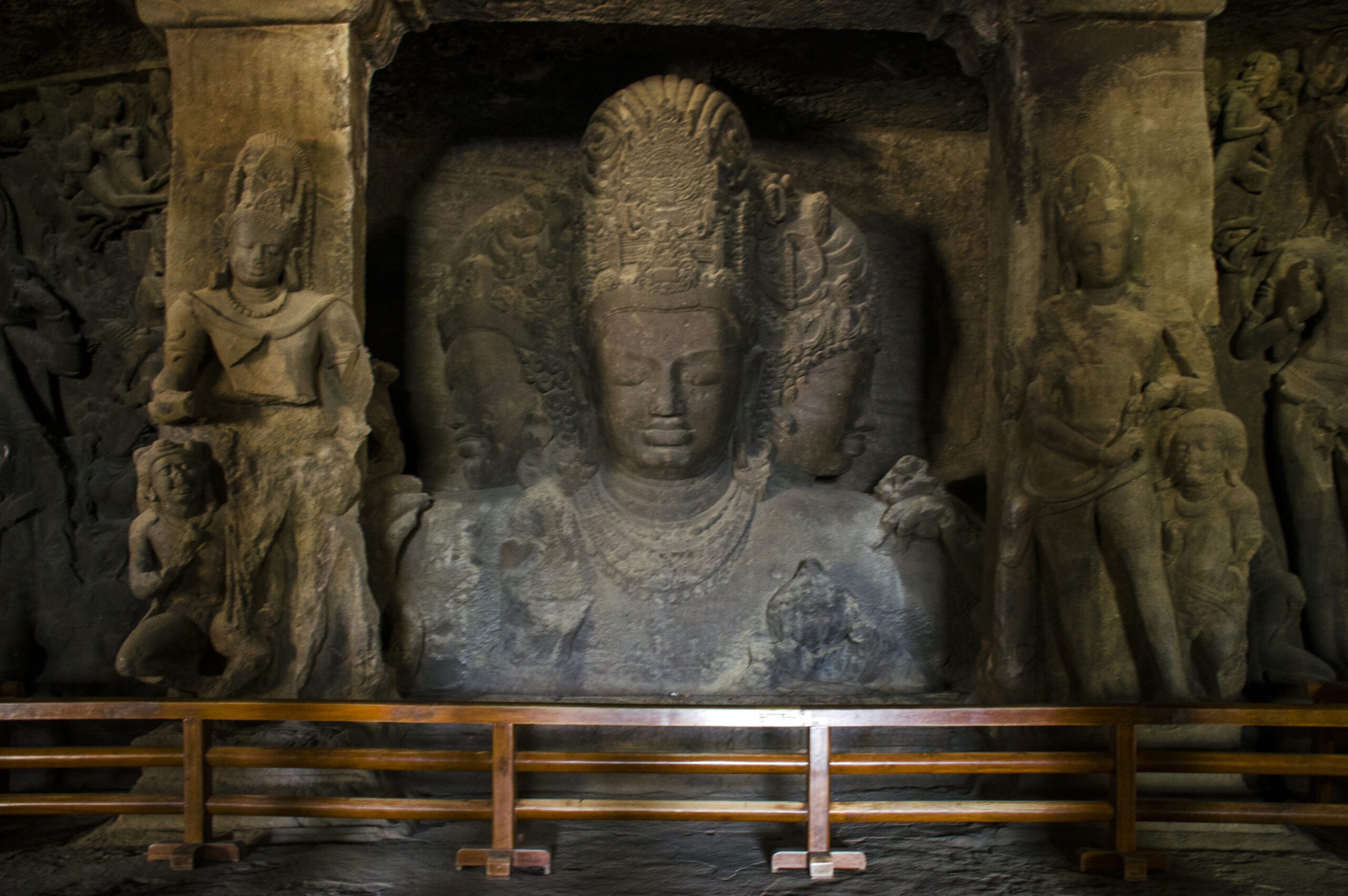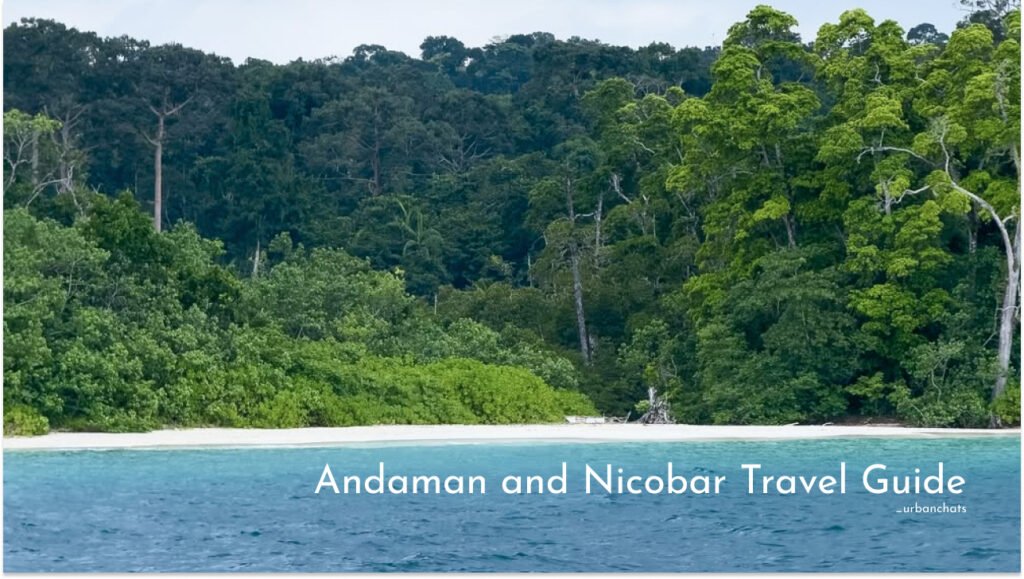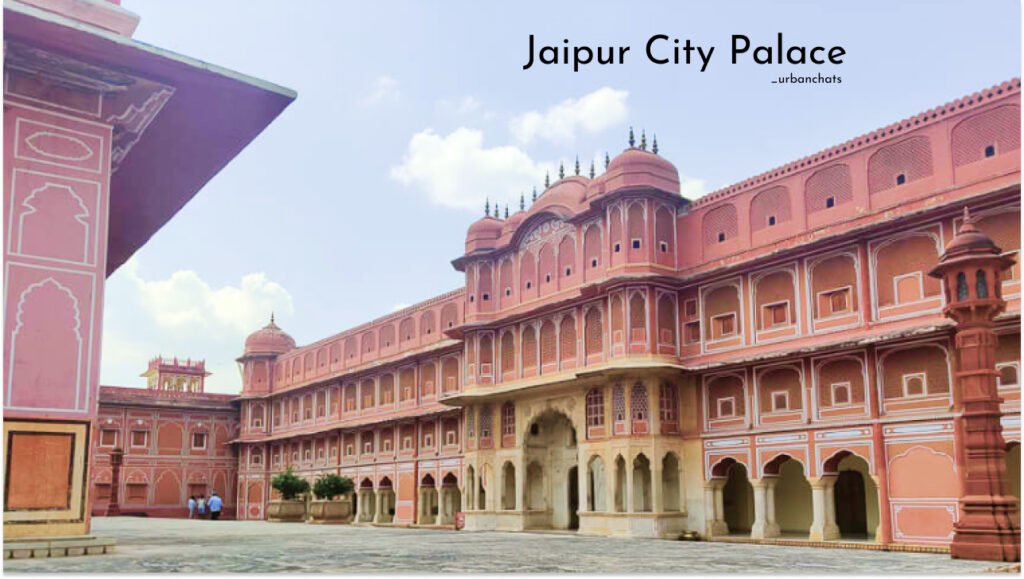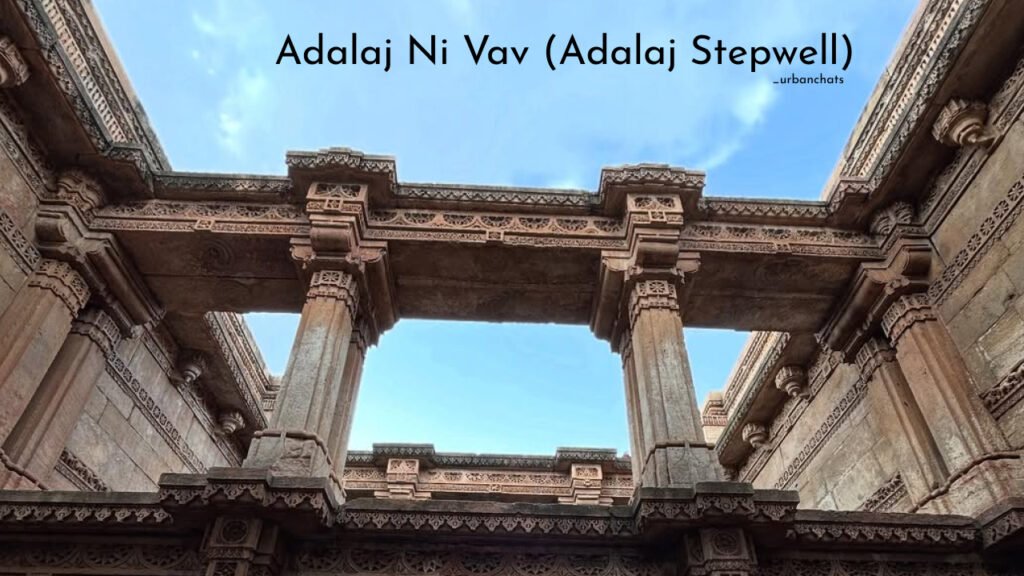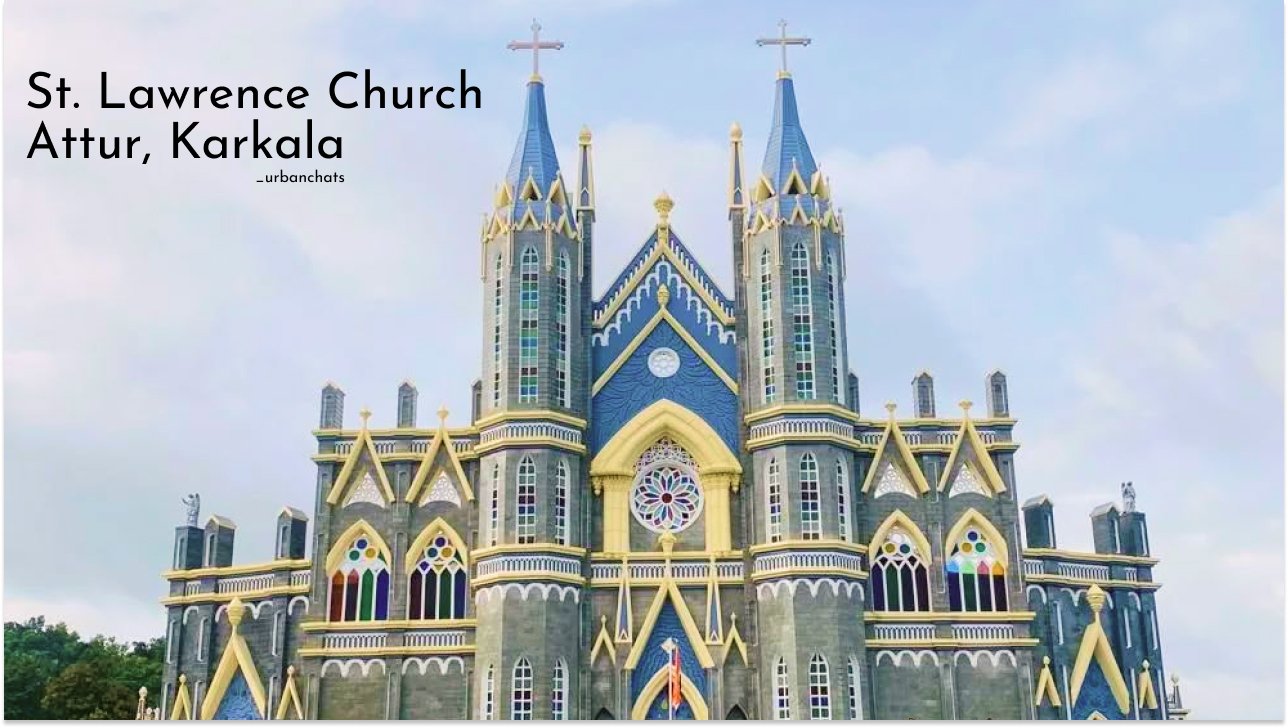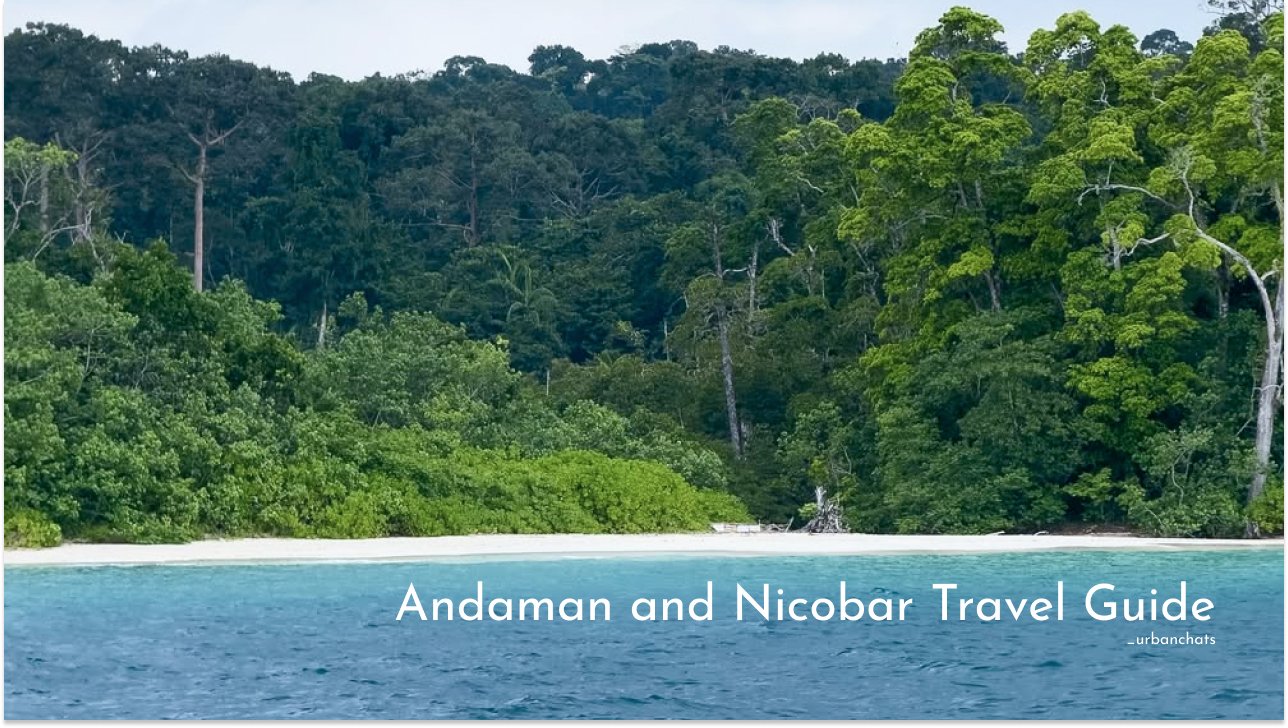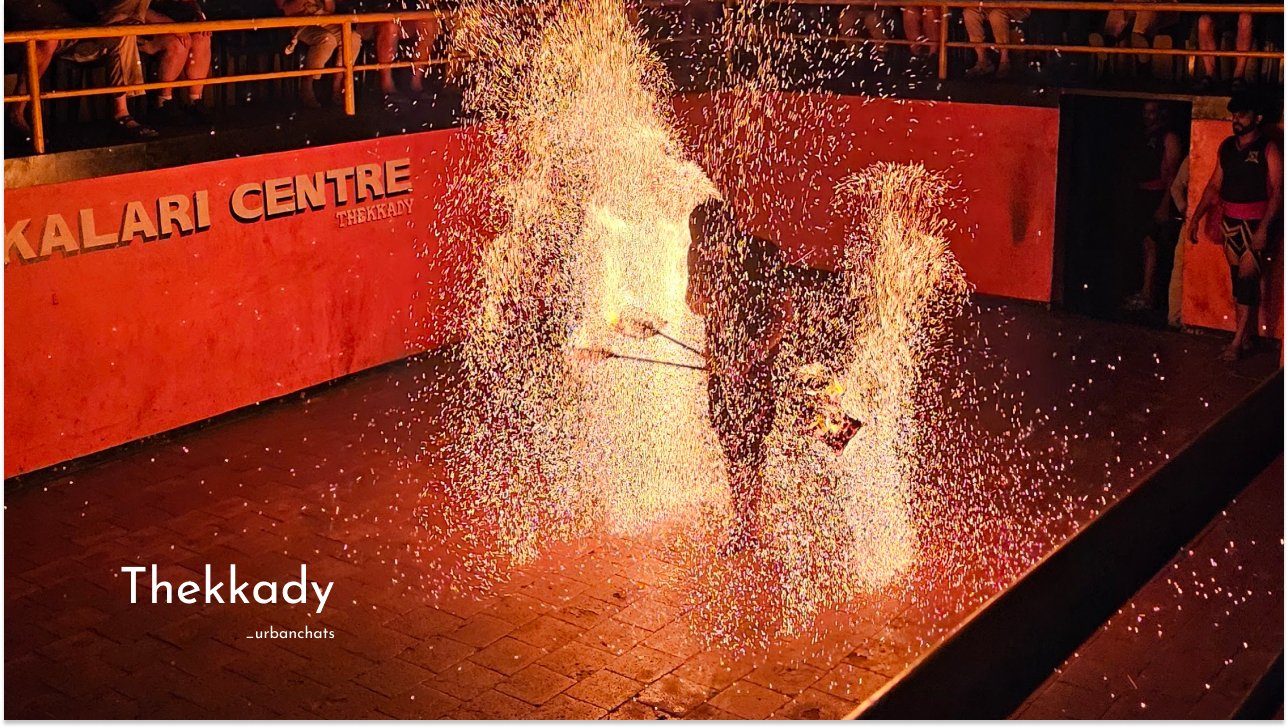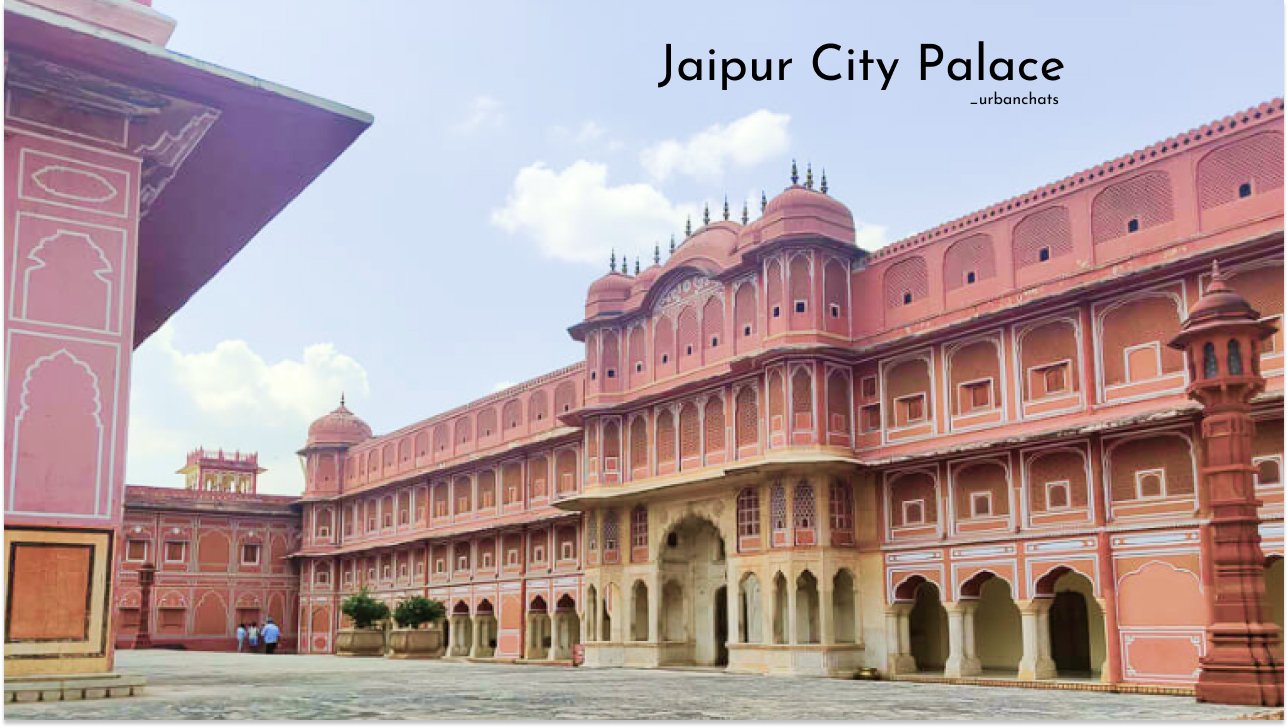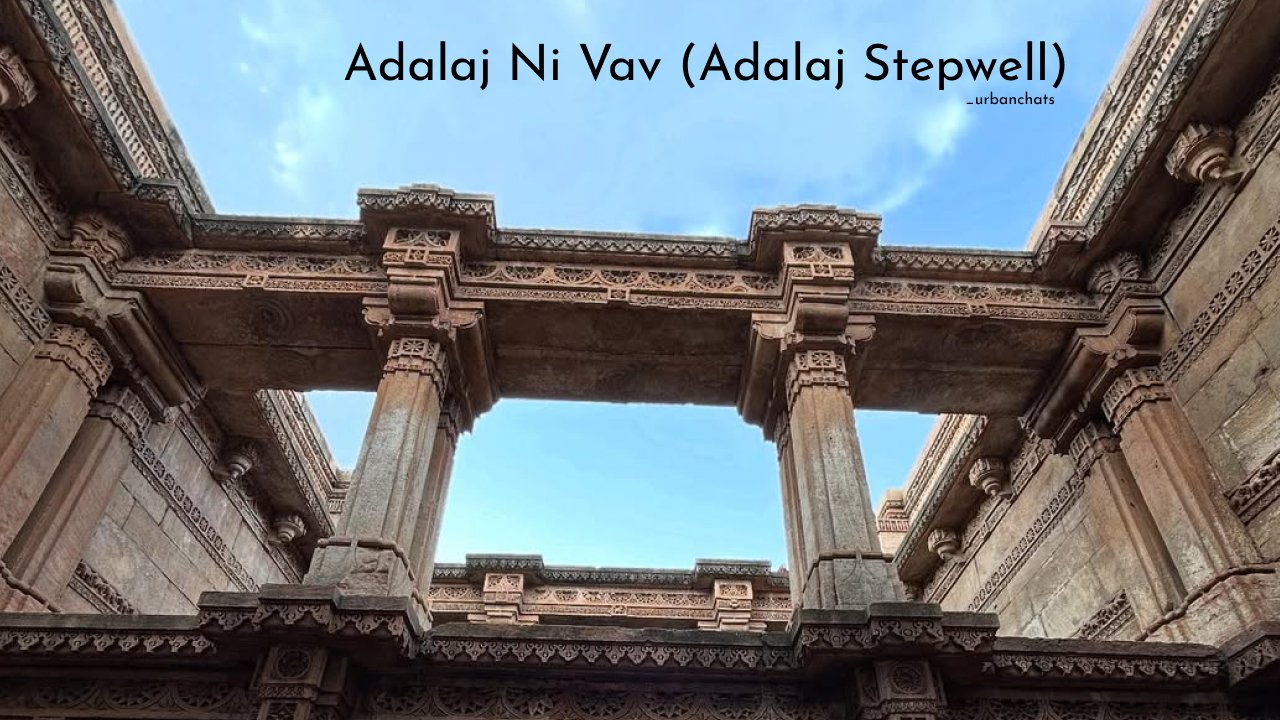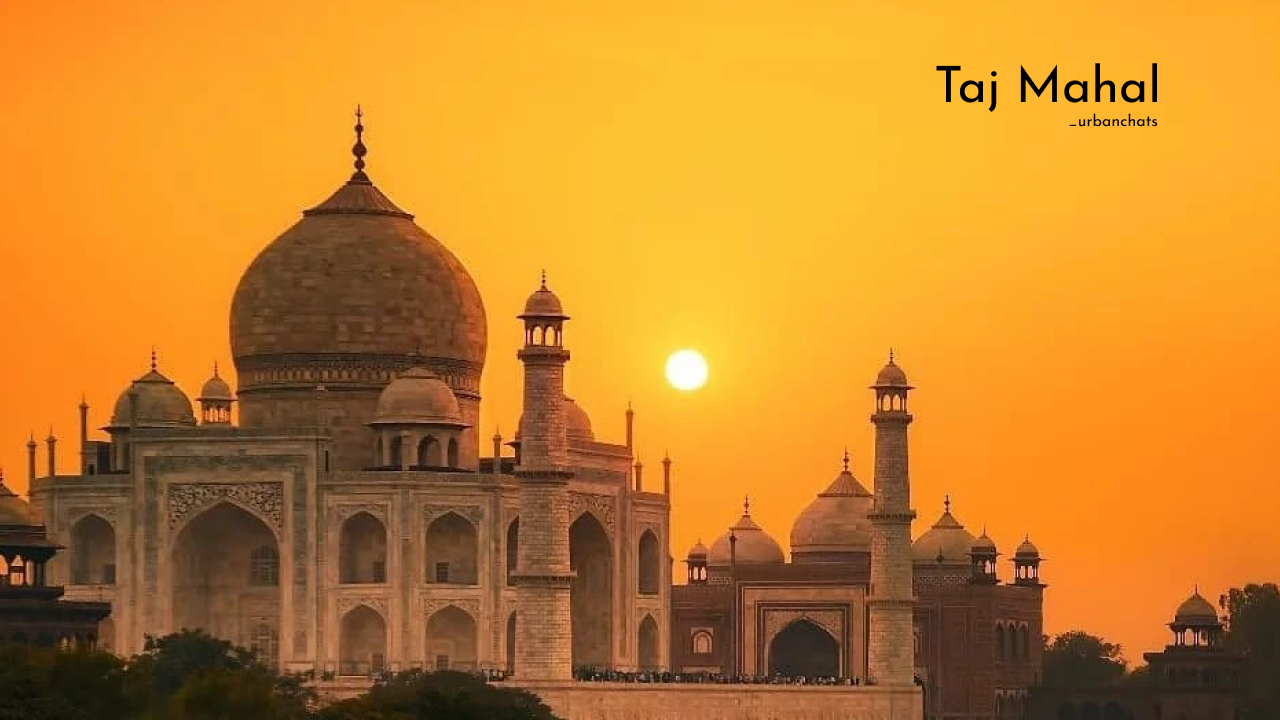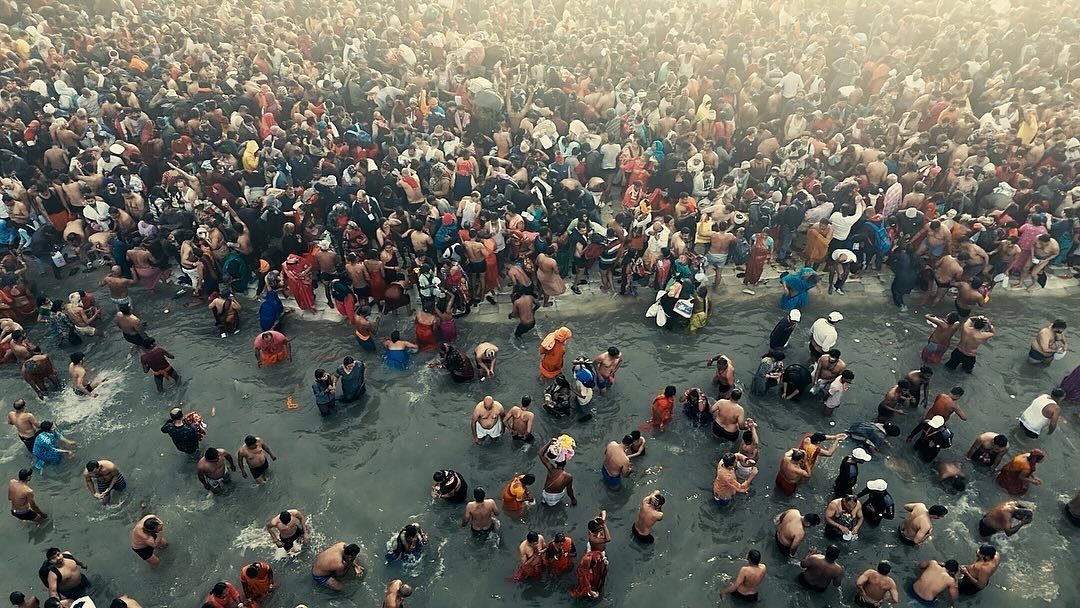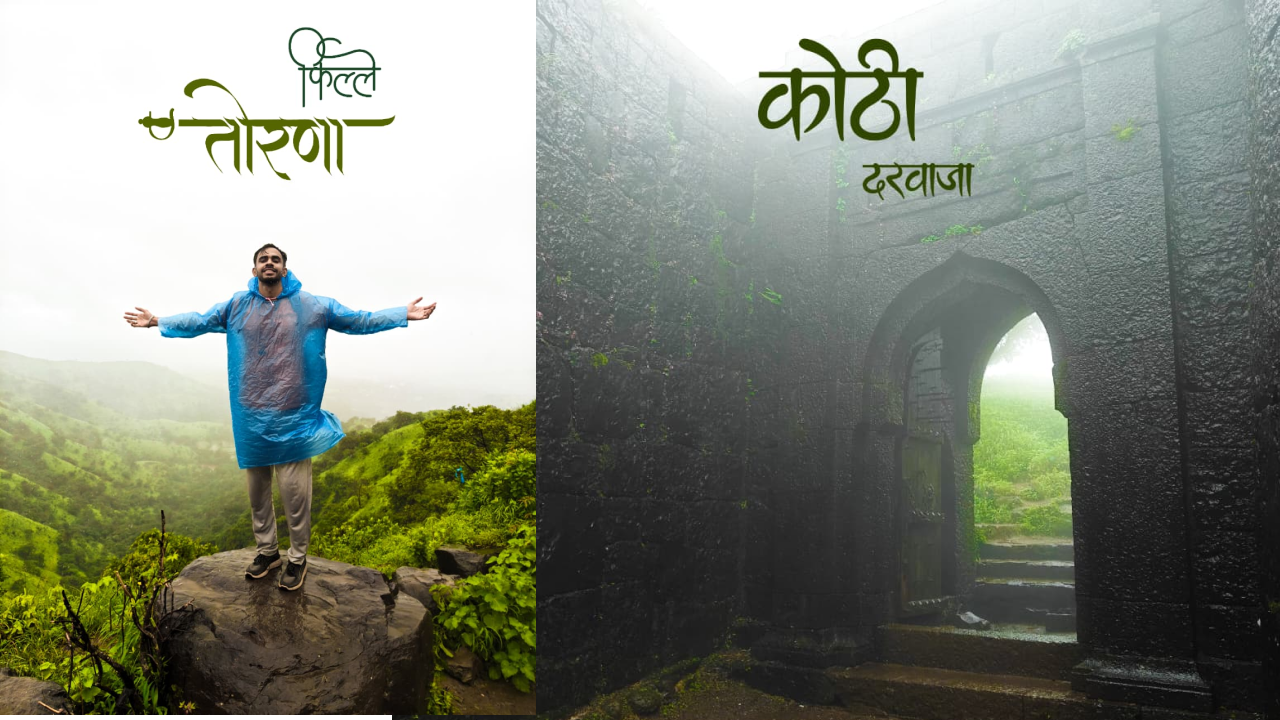Hey, I’m Dhanwant a Nashik guy with a thirst for adventure, spice, and history. Last week, my buddy Vedant and I hatched a plan: ride his Discover 125 from Nashik to Mumbai, hit the Elephanta Caves, and soak in their ancient magic. X buzzed about it“rock-cut Shiva shrines!” “UNESCO gem!” and I was sold. Picture this: 5th-century caves carved into a basalt hill, 10 km off Mumbai’s coast, dripping with sculptures that hum India’s soul. We left at dawn, snacked at a roadside dhaba, explored Elephanta’s marvels, and dined under stars all in a day. I’ll spill it all our bike ride, cave wonders, food stops, and why Elephanta Caves stole my heart. Ready for the ride? Let’s roll!
Why Elephanta Caves Hooked Me
I’m a history nut Nashik’s Pandavleni Caves are my backyard. But Elephanta Caves? They’re a league apart. On Gharapuri Island (aka “city of caves”), 10 km east of Mumbai Harbour, these 5th-8th century rock-cut shrines glow with Hindu and Buddhist art. UNESCO stamped them in 1987 think massive Shiva panels, a ferry ride from Gateway of India, and a vibe that’s half-temple, half-time machine. X posts raved: “Ardhanarishvara’s unreal!” “Gangadhara Shiva’s a beast!” I had to see it. Vedant’s Discover 125 was our chariot 167 km from Nashik, one epic day. Elephanta Caves, here we come!
The Ride: Nashik to Mumbai on Vedant’s Discover 125
April 12, 2025, 5:00 AM Nashik’s chill hit us as Vedant kickstarted his Discover 125. “Ready, bro?” he grinned. Helmets on, we zipped down NH 160 167 km to Mumbai, ₹200 fuel in the tank. Dawn broke over Igatpuri’s hills mist curling, wind whipping my jacket. By 7:30 AM, tummies growled stopped at Khaniya Dhaba near Kasara. Mud benches, smoky stove, 90s Bollywood blaring. Ordered:
- Shev Bhaji: ₹100—spicy, greasy, perfect.
- Dal Tadka: ₹110—yellow, garlicky, soul-warming.
- Roti: ₹10 each—four hot, fluffy discs.
- Jeera Rice: ₹90—fragrant, sticky.
Total: ₹350. Chai (₹10 each) sealed it two Nashik boys, fueled up, laughing over shev stains. Hit Mumbai by 9:30 AM Gateway of India loomed, bikes parked (₹50/day). Elephanta Caves were 60 minutes away by ferry.
Tip: Leave by 5:00 AM beats traffic. Fill fuel at Nashik (₹108/litre) cheaper than Mumbai.
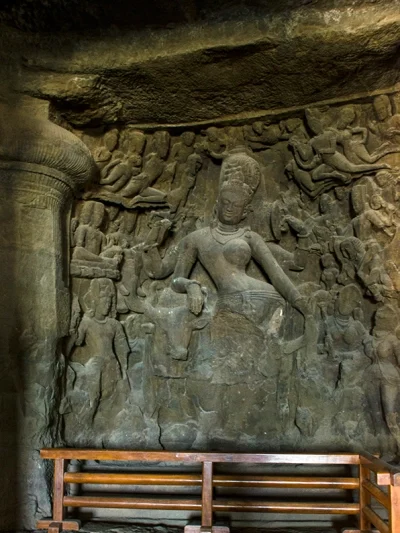
Ferry to Elephanta Caves: Gateway to Gharapuri
At Gateway of India, ferries bobbed ₹250 round-trip (economy), 10:30 AM departure. One-hour ride, Arabian Sea sparkling, Mumbai’s skyline shrinking. Gulls screeched; salt air stung my nose. Landed at Gharapuri jetty Elephanta Caves a 10-minute climb up 120 steps (₹10 toy train if you’re lazy). Entry fee:
- Adults: ₹40 (Indians), ₹600 (foreigners).
- Kids: ₹25.
Closed Mondays check before you go. We hit it Sunday busy but alive.
Tip: Ferries run 9:00 AM-3:00 PM (last return 5:30 PM) arrive by 10:00 AM to dodge crowds.
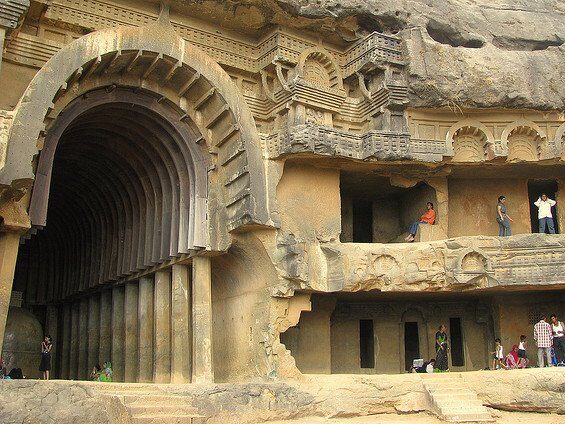
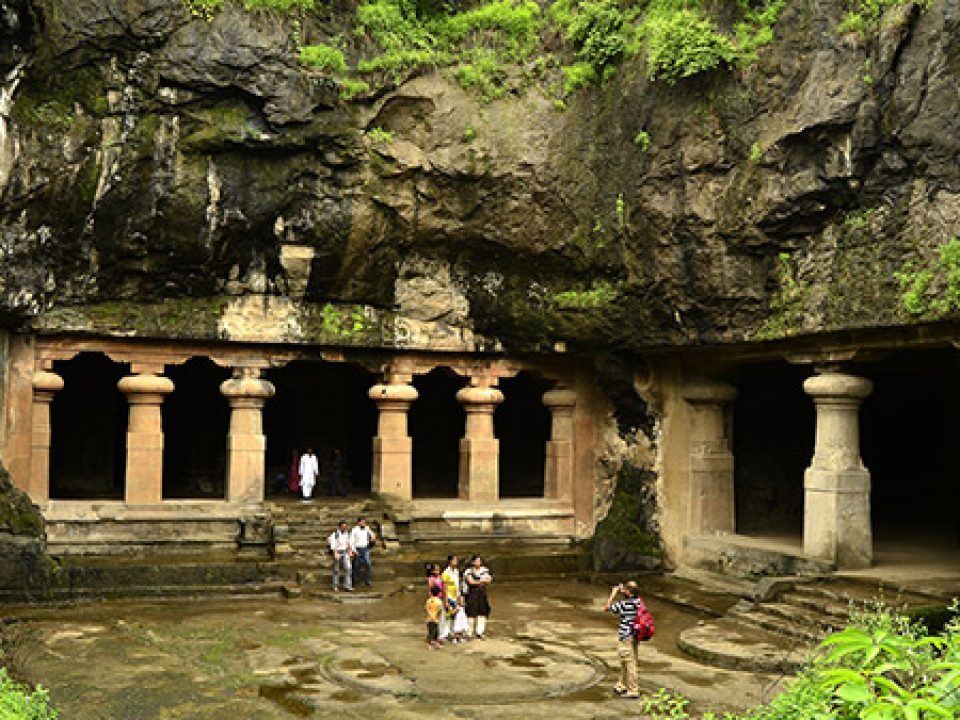
Exploring Elephanta Caves: Art That Speaks
First glimpse? Jaw-dropping. Seven caves five Hindu, two Buddhist carved into a basalt hill. Cave 1, the Shiva Cave, is the star 39 meters deep, 6-meter-high ceiling, pillars like sentinels. Sculptures glow:
- Ardhanarishvara: Shiva-Parvati fused half-man, half-woman, balance in stone.
- Gangadhara: Shiva catching Ganga’s descent water curls, power frozen.
- Trimurti: Shiva’s three faces creator, preserver, destroyer 20 feet tall, eyes piercing.
- Ravana Lifting Kailash: Demon king shaking Shiva’s throne tension in every crack.
- Shiva-Parvati Marriage: Love carved Parvati’s shy glance steals it.
Rock-cut art from 5th-8th centuries Kalachuri dynasty vibes, Shaivism’s peak. I traced Gangadhara’s curls Vedant whispered, “Bro, this is insane.” Humidity clung; silence roared.
Tip: Hire a guide (₹500) unpacks myths. No flash pics preserves the art.
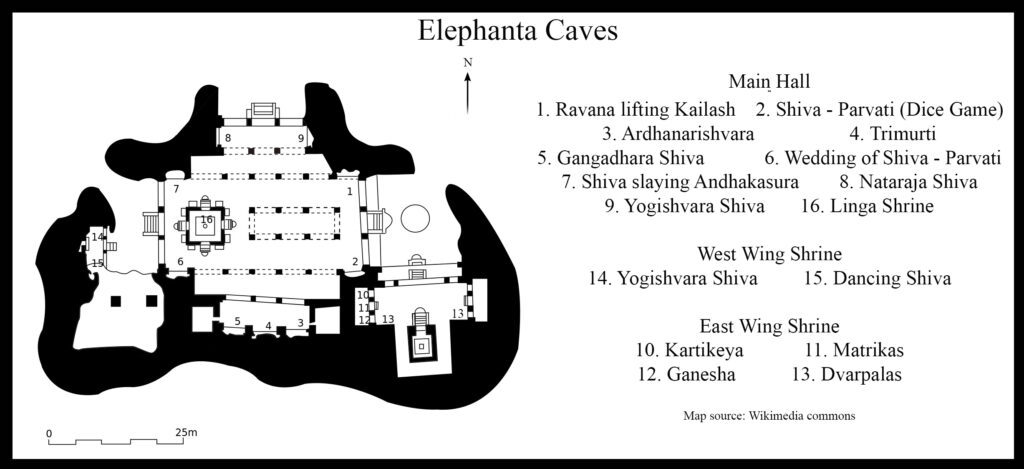
History Unraveled: Elephanta’s Soul
Built 5th-8th centuries Mauryan echoes, Kalachuri hands. Shaivism ruled Shiva’s worship carved in every niche. Portuguese stumbled in 1534 named it “Elephanta” after a crumbled elephant statue (now at Jijamata Udyan). They shot cannons at sculptures idiots. British restored it in the 1900s UNESCO crowned it in ’87. Today, it’s India’s ancient heartbeat 1,200 villagers on Gharapuri keep it real.
Best Time to Visit Elephanta Caves: My Take
Winter’s king November to February, 20-30°C, breeze kissing your face. We went April 33°C, sweaty but doable early. Monsoon (June-September)? Nope ferry’s choppy, steps slippery. Summer (March-May)? Brutal 35°C, noon’s a roast. Best time to visit Elephanta Caves? Winter, hands down cool, calm, cave ready.
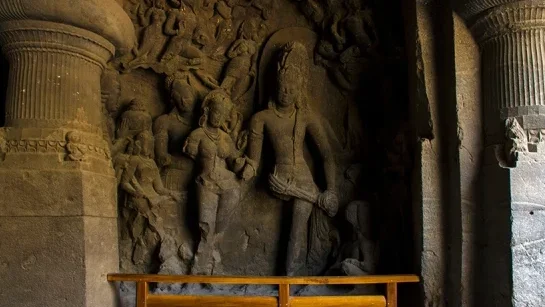
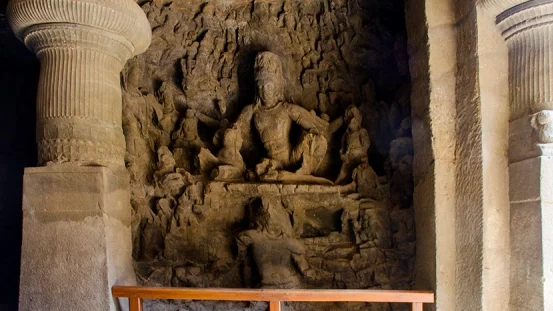
The Return: Dinner at Karishma Dhaba
By 4:00 PM, we ferried back exhausted, awed. Started Nashik return stopped at Karishma Dhaba near Ghoti, 8:00 PM. Village vibes big tables, khatiya (cots) to lounge, 90s Bollywood (Kishore Kumar!) on loop, stars blazing. Ordered:
- Baigan Masala: ₹120—smoky, spicy bliss.
- Bhendi Fry: ₹100—crisp, tangy kick.
- Roti: ₹10 each—six soft rounds.
- Tak: ₹30 each—cool, cumin-laced buttermilk.
Total: ₹340. Sat on khatiyas, stars winking, desi beats humming chill perfection. Reached Nashik by 11:00 PM Discover 125 purring, legs numb, hearts full.
Elephanta Caves Hacks: Insider Tips
- Timing: 9:00 AM ferry beats heat, crowds. Winter’s prime November rocks.
- Gear: Sneakers steps are steep. Water (₹20) caves are humid.
- Food: Pack light dhaba stops rule. Island stalls? Overpriced (₹50 vada pav).
- Budget: ₹600-₹800 total (ferry, entry, food) cheap thrill.
- Explore: Hit all 7 caves Buddhist ones are quiet gems.
Why Elephanta Caves Own Me
Elephanta Caves aren’t just rocks they’re alive. Shiva’s glare, Gangadhara’s flow, Vedant’s monkey chase. Best time to visit Elephanta Caves? Winter, no contest. Our Discover 125 roared 334 km round-trip ₹350 dhaba feasts, ₹250 ferry, ₹40 entry worth every rupee. I’m back home, dreaming of Trimurti’s stare. Got an Elephanta tale? Drop it I’m Dhanwant, and this bike quest’s etched in my soul!
